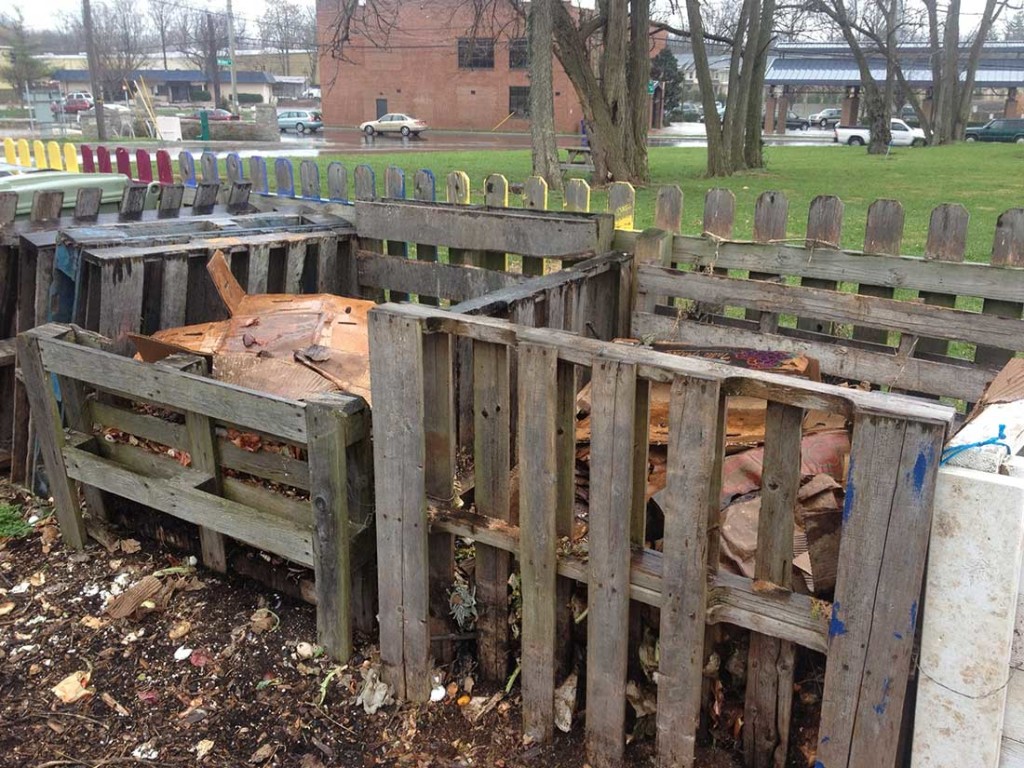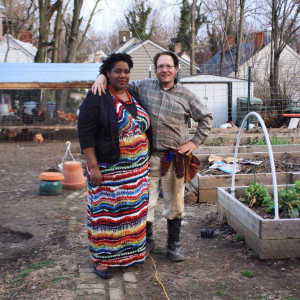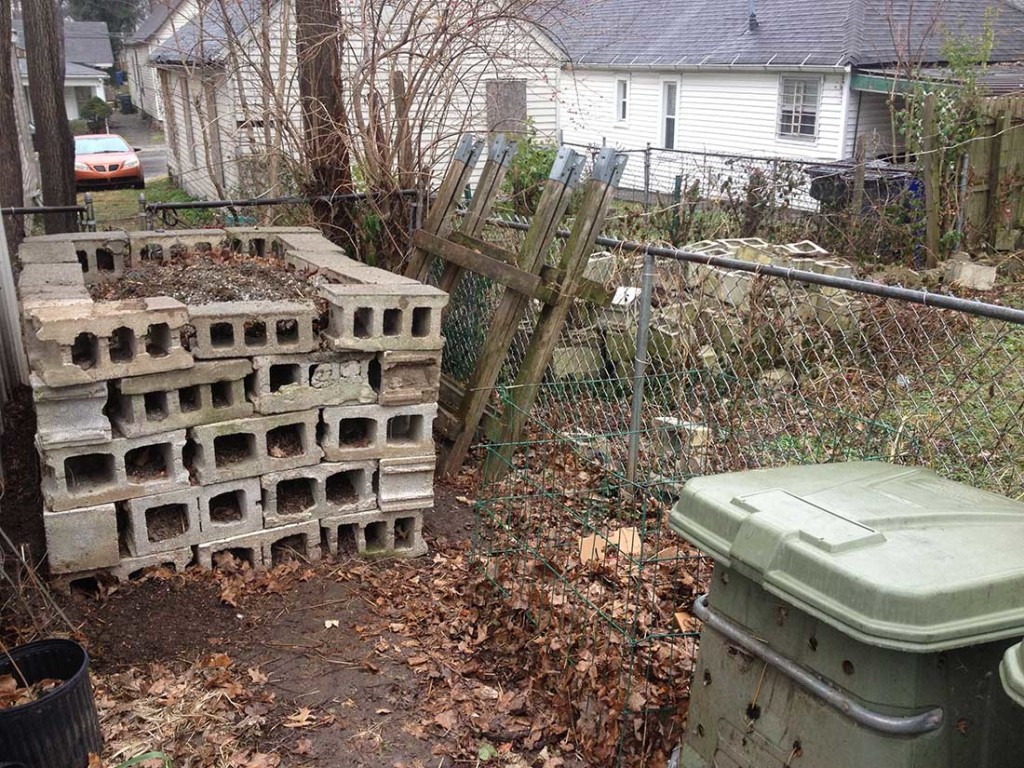AMOS FARM
Compost Part I
by Christian Torp
“Our fear of death is like our fear that summer will be short, but when we have had our swing of pleasure, our fill of fruit, and our swelter of heat, we say we have had our day.”
– John Donne, 1620
Compost is a mixture of decayed organic matter used for conditioning and fertilizing soil. Composting is the acceleration of natural decomposition through controlled conditions. The final product is known as humus.
Notice that it is decayed, not decaying; the process of decomposition effects the availability of nutrients and microbial activity in the soil. Work to minimize that addition of unfinished compost to your garden.
Don’t get hung up on doing it perfectly. As soon as one begins to research the topic it seems that you’re doing it all wrong; between slow/hot, what to/not to add, proper ratios for each potential additive, layering techniques and so on… it can be overwhelming.
Let’s make it easy! This month, I’ll give an overview of the process, and next month I’ll discuss pragmatic composting and the method I’ve developed over the last 20 years.
Why compost?
The best reason to compost is that it improves your soil.
A common adage among organic growers is, “Feed the soil to feed the plants.”
However, the benefits of composting are far greater. Composting reduces one’s waste stream, prevents the addition of otherwise valuable organic matter to a landfill, it is a beneficial mulch; but above all, the biggest benefit of compost is it’s effect on the structure of your soil.
What to compost
This section may be more aptly titled “what not to compost.” Those things would include non-organic materials and materials contaminated with pesticides or herbicides. That’s it, but that’s only if you’re using a method of hot composting similar to mine — which we will discuss next month.
In a less managed system or a location with more intense animal pressures it is recommended that fats, meat and animal products not be composted (excluding eggshells). Not to be addressed in this installment is the composting of human waste or humanure.
The second consideration is particle size and surface area. The greater the surface area of the compost components, the more area there is for microbes to work. Likewise, the smaller the pieces are, the faster they’ll break down. That is why it can take decades for a whole tree to decompose while that same tree could be gone in days as sawdust added to a compost pile.
Where to compost
The number one consideration in locating your compost pile(s) is convenience. The second is your neighbors.
While a properly managed compost pile has, at most, a faint, pleasant earthy smell, complaints result from opinions, which themselves are the product of beliefs, no matter their veracity. Speak with your neighbors first or use camouflage. That way only legitimate complaints can arise.
Convenience: if something’s not easy, it won’t be done. There are two main aspects to composting convenience: how easy it is to add compost and how easy it is to turn, inspect, water, remove and otherwise work your compost.

Notice that all of these setups are sturdy enough to work the compost within. They also enable one to remove one side of the composter or lift it off in order to shovel out the hummus.
The first of these is largely an aspect of how hard it is to take your scrap bin from the kitchen and dump it into your pile, no biggie. If you have an issue with the smell of compost in the kitchen, keep it in the freezer.
The second is a matter of the difficulty of inspecting, turning and removing compost for addition to your garden. In my experience the hard part is to ensure enough open space around your setup to allow easy access for turning and removal. How, exactly, depends on your system.
Disclaimer: there are numerous styles and types of commercially produced composters on the market. In my experience none of them are worth the expense.
Go ahead and get started. Figure out what your composter’s going to be, whether a pile off in the corner of the yard or one made of cinderblocks, pallets, welded wire or other structure having holes for airflow. Decide on a location for it, on a container to keep in your kitchen (i.e. a “high tech” used coffee can, Rubbermaid container, etc.), your carbon source and its storage and location (sawdust, raked leaves, etc.)
Finally, I wouldn’t recommend composting animal products until you’re comfortable and successful with composting.
Best of luck!
—
Christian L. Torp is an attorney, missionary, activist, urban-farmer and advocate for social change who lives at Justice House (Facebook: Justice House) with his wife, Tanya in Lexington, KY.
If you have any questions or comments for Christian, or there’s something you’d like to know more about, please reach out to him at theamosfarm@gmail.com.





